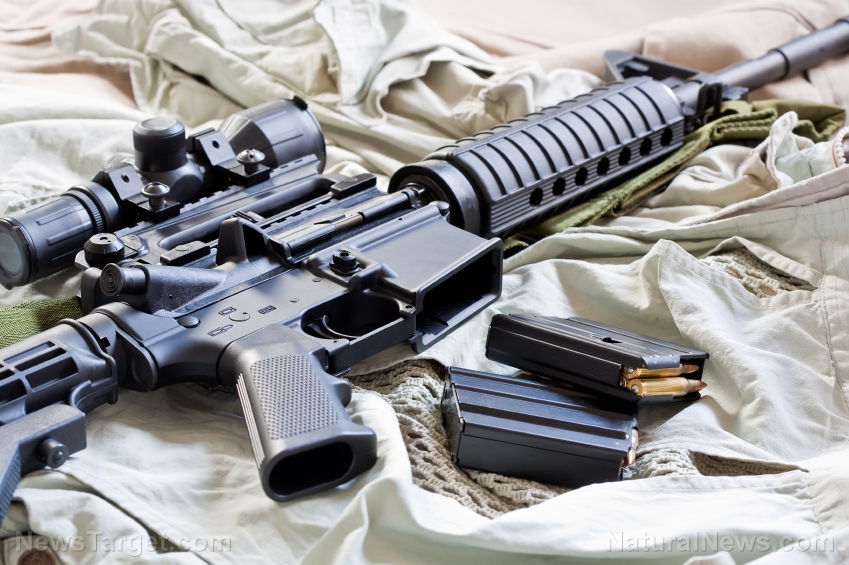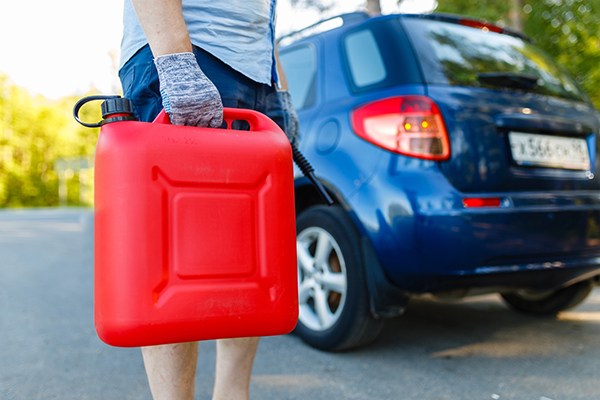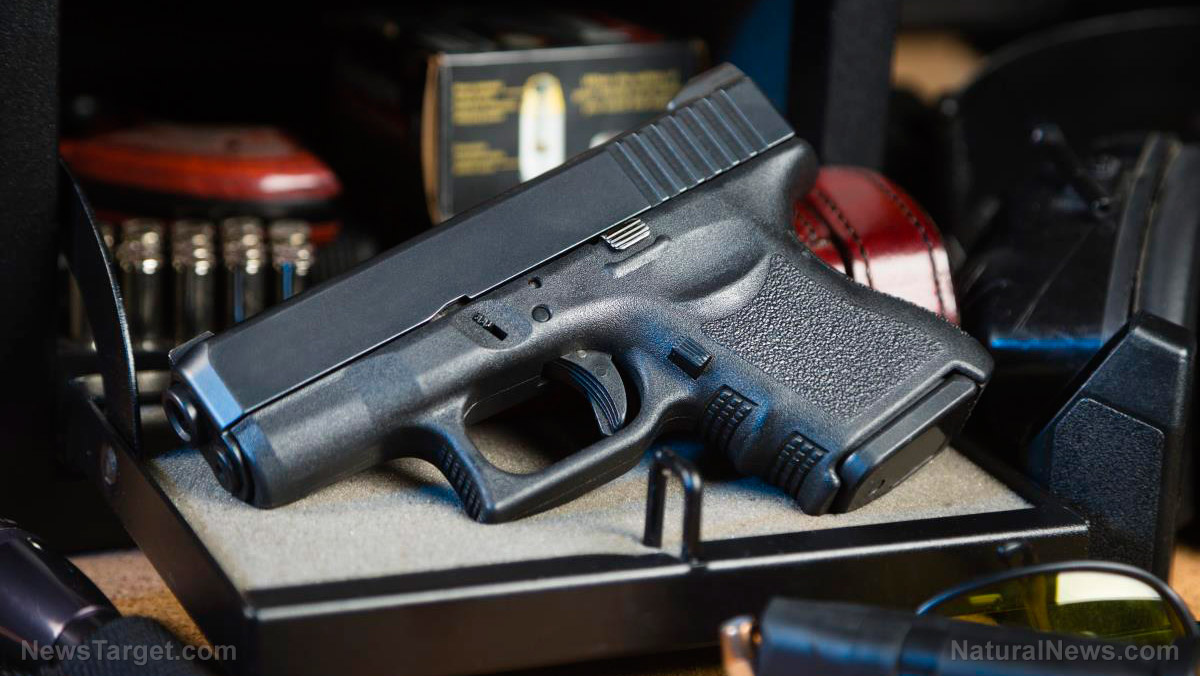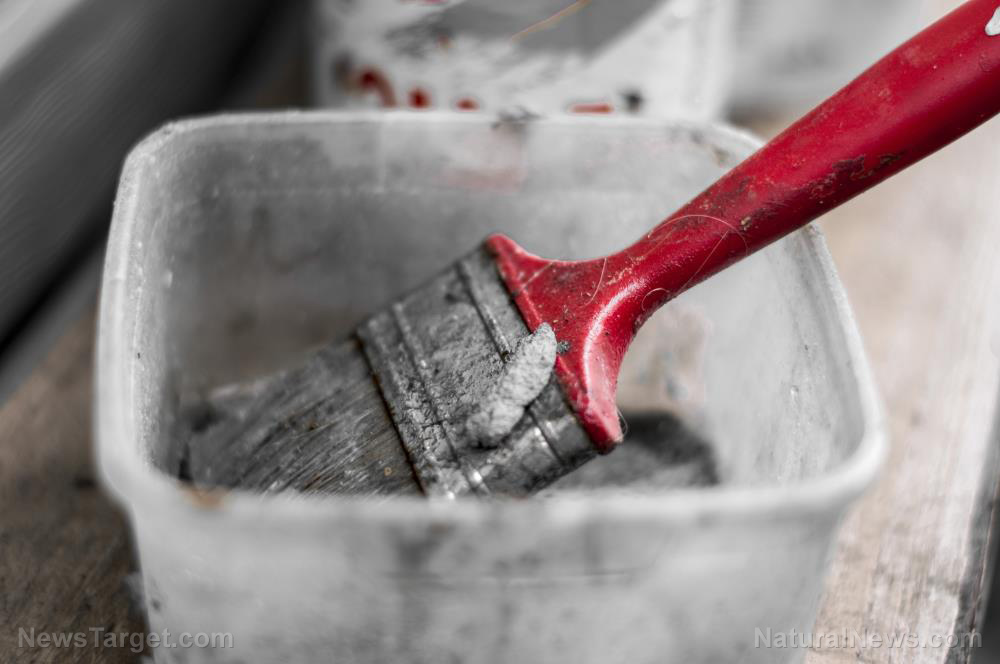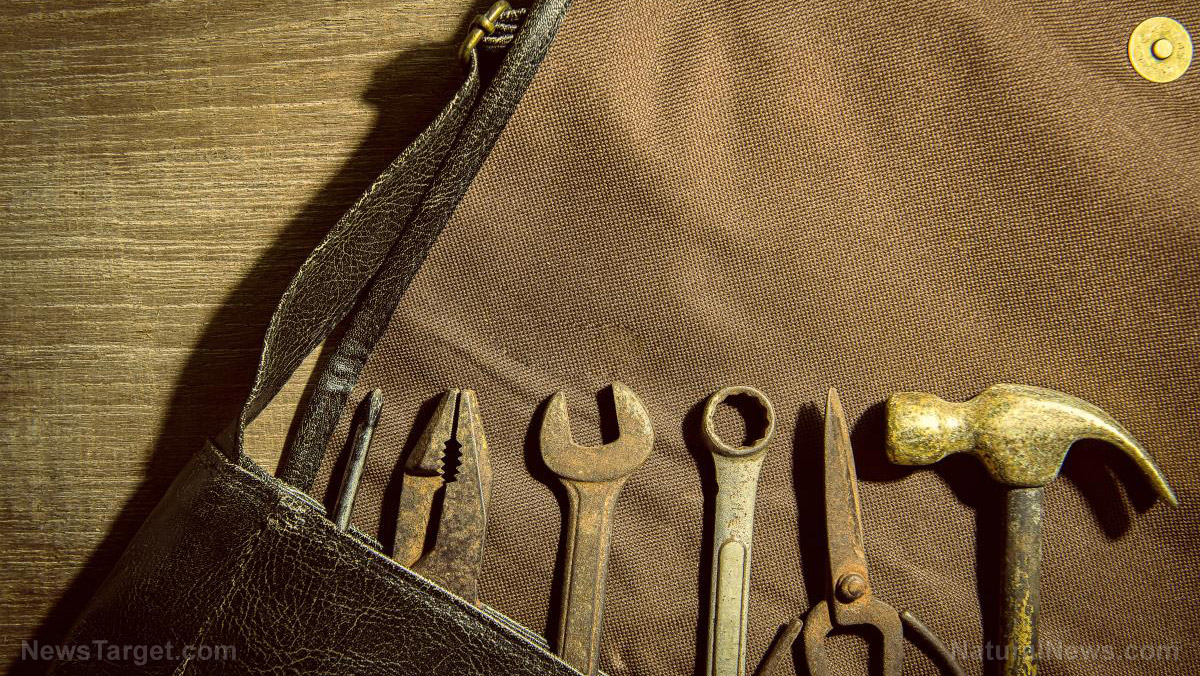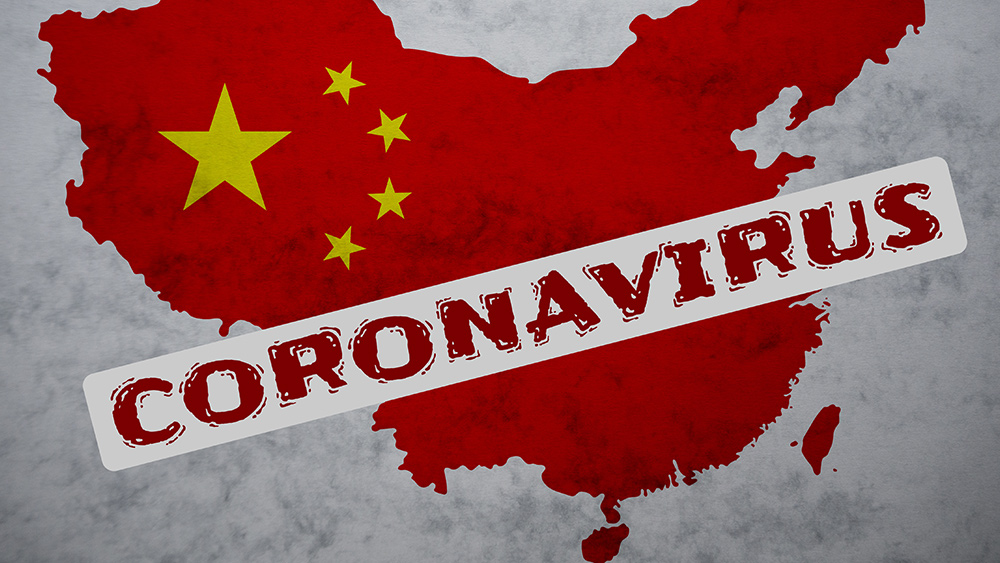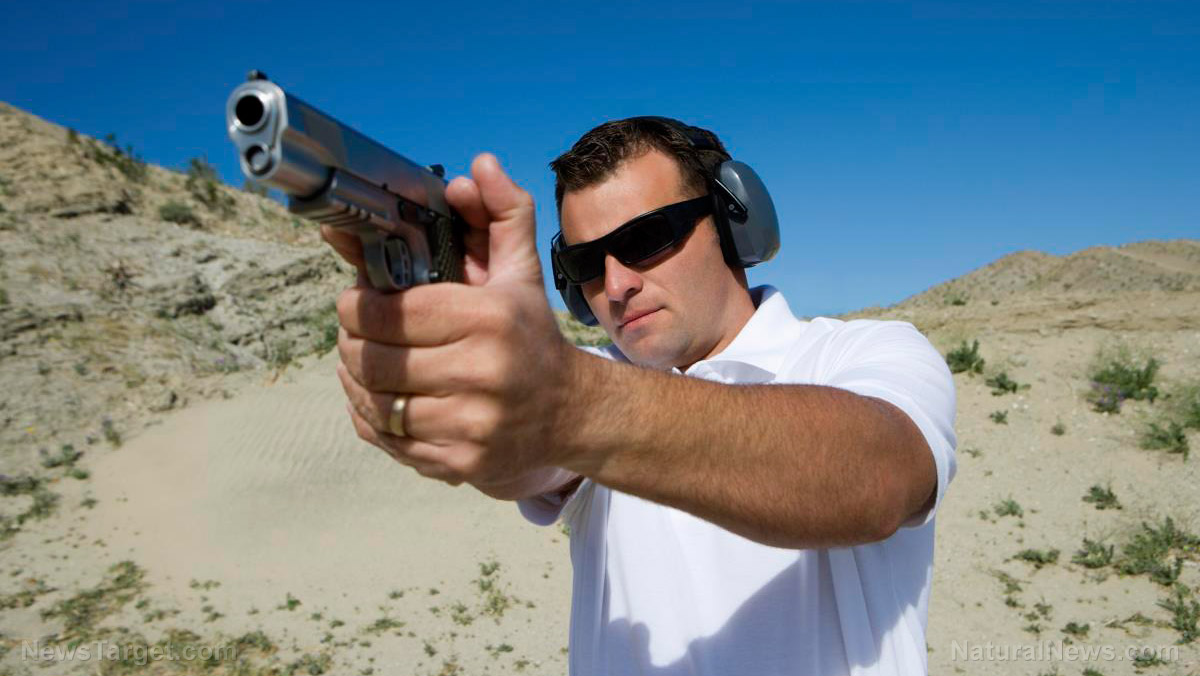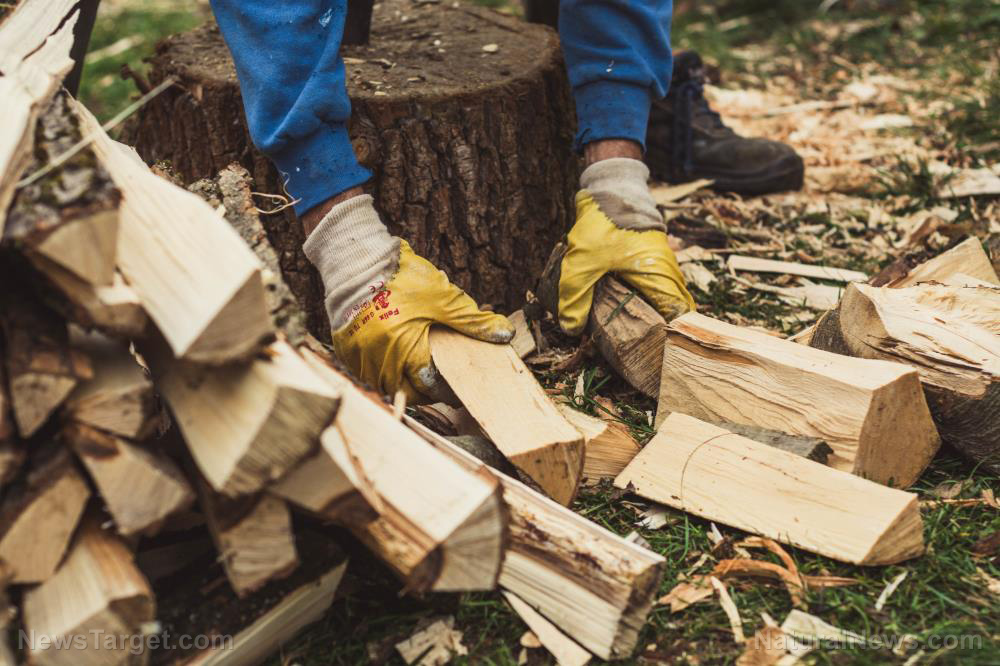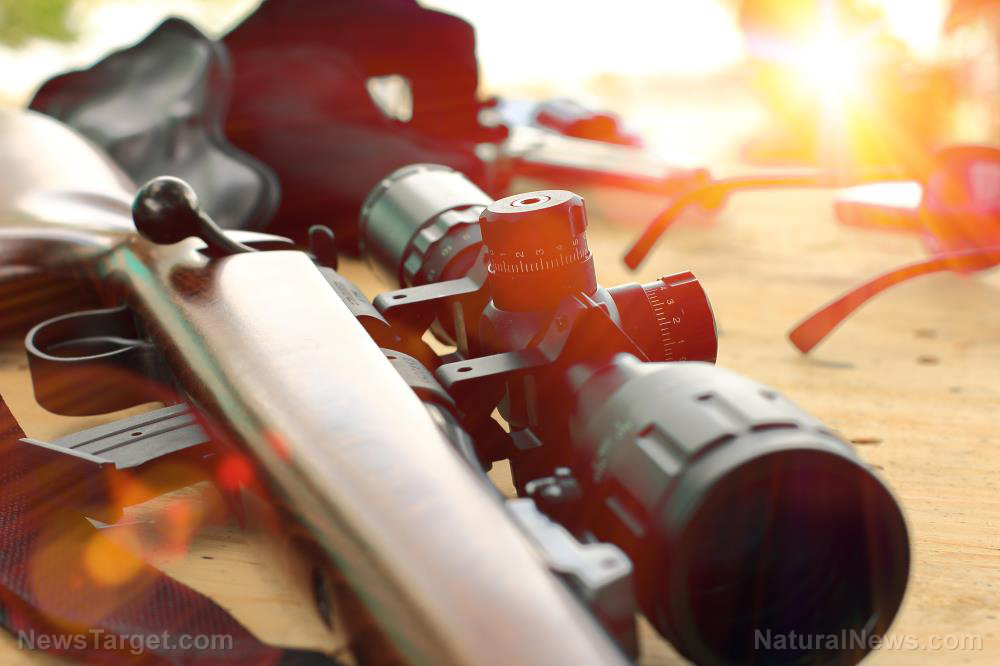Here’s why you need to learn how to use a ham radio before SHTF
01/25/2020 / By Arsenio Toledo
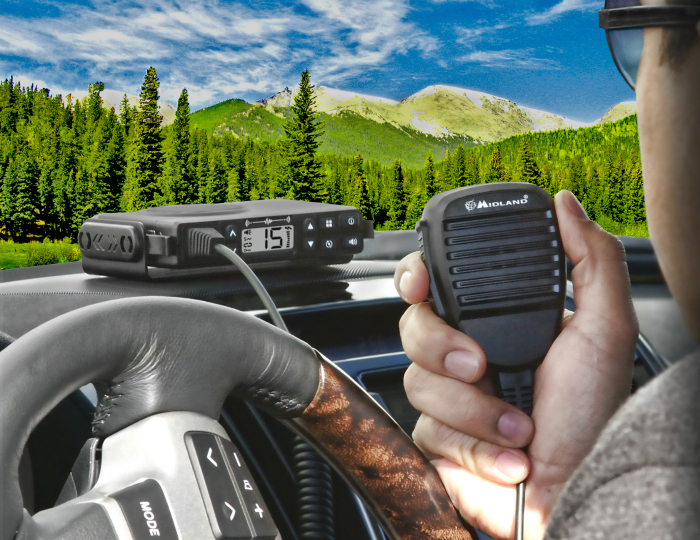
When SHTF, regular news broadcasts will be shut down and it will be impossible to access the internet. When this happens, you’re going to need a new way to keep yourself updated with recent events. That’s what a ham radio can do for you. (Related: 10 Ugly truths about long-term power outages and how to deal with them.)
Ham or amateur radio is the use of radio frequencies and stations by amateur radio operators. These ham operators, as they’re commonly called, can use these radio frequencies for social, educational, experimental and other non-commercial uses. These ham radio stations can be set up in the field, at a station or even at home.
In disaster situations, your ham radio may turn into your only option to connect with the rest of the world. Here’s why you need to learn how to operate a ham radio now. (h/t to PreppersWill.com)
They let people know where you are
The signal of a ham radio station isn’t difficult to track down. This can be a good thing, especially if you’re looking for other friendly voices in the area. You can inform anyone else listening that your location can be a safe place to hunker down until the disaster subsides. Be aware, however, that this is a two-way street. Seedy elements may also listen to your ham radio signal for their personal gain. Assess your disaster situation and consider listening for other signals first before broadcasting your own.
Ham radios are popular
In the United States alone, there are over 760,000 ham radio operators. This proves that even in the digital age, ham radios are still far from being an obsolete piece of technology. They can be used by professionals and amateurs alike, all you need is to go through the proper training. This includes an in-depth course on the rules and regulations you need to follow, as well as radio etiquette.
Ham radios are easy to repair
Unlike a modern smartphone or laptop computer, ham radios are easy to repair. Any library can have several books dedicated to ham radios that detail how to operate and repair them. Furthermore, if you’re interested in learning how to use ham radios now, there are loads of videos online about how to fix the most common problems.
They can warn of impending disaster
Many ham radio stations can provide you with information during disasters. If a tornado or a hurricane is imminent, they can be one of the first places you hear about it in a post-SHTF world. Being able to tune into a network of ham radio stations can mean the difference between having plenty of time to prepare for a disaster and being a victim of it.
They are essential for building a community
In an apocalyptic-level disaster, ham radios can be the key to rebuilding a community. Nobody can survive on their own. Terry Hunt, archaeologist and dean of the University of Arizona Honors College, even argues that groups of 20 or more are more likely to survive in a post-SHTF world. When the internet becomes inaccessible and the power grid goes down, ham radios may be the last link anyone has to the outside world. In this scenario, radio stations may be integral in gathering like-minded survivors to band together and establishing communications with other survivors farther away. Ham radios can shorten the distance between communities, making the apocalyptic world a less lonely place for the solitary survivor.
Ham radios connect you to a wider world. Learning how to operate a ham radio now can help make the post-SHTF world a brighter place. Nobody can survive alone, and if you know how to operate a ham radio, you won’t have to.
Sources include:
Tagged Under: comms, Communications, disaster, emergency preparedness, Gear, ham radios, patriot, prepping, prepping tips, SHTF, survival, survival gear, survival skills, Survival Tips, survival tools
RECENT NEWS & ARTICLES
COPYRIGHT © 2018 SURVIVALGEAR.NEWS
All content posted on this site is protected under Free Speech. SurvivalGear.news is not responsible for content written by contributing authors. The information on this site is provided for educational and entertainment purposes only. It is not intended as a substitute for professional advice of any kind. SurvivalGear.news assumes no responsibility for the use or misuse of this material. All trademarks, registered trademarks and service marks mentioned on this site are the property of their respective owners.




